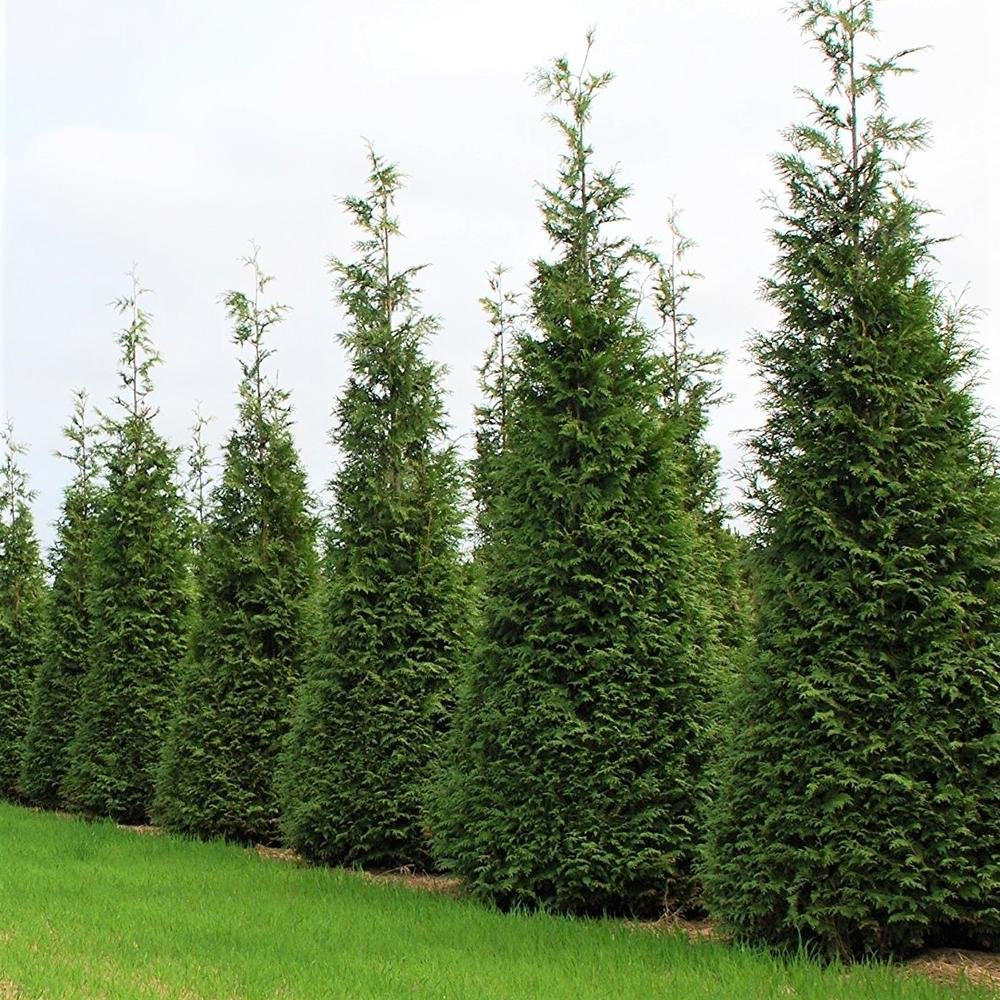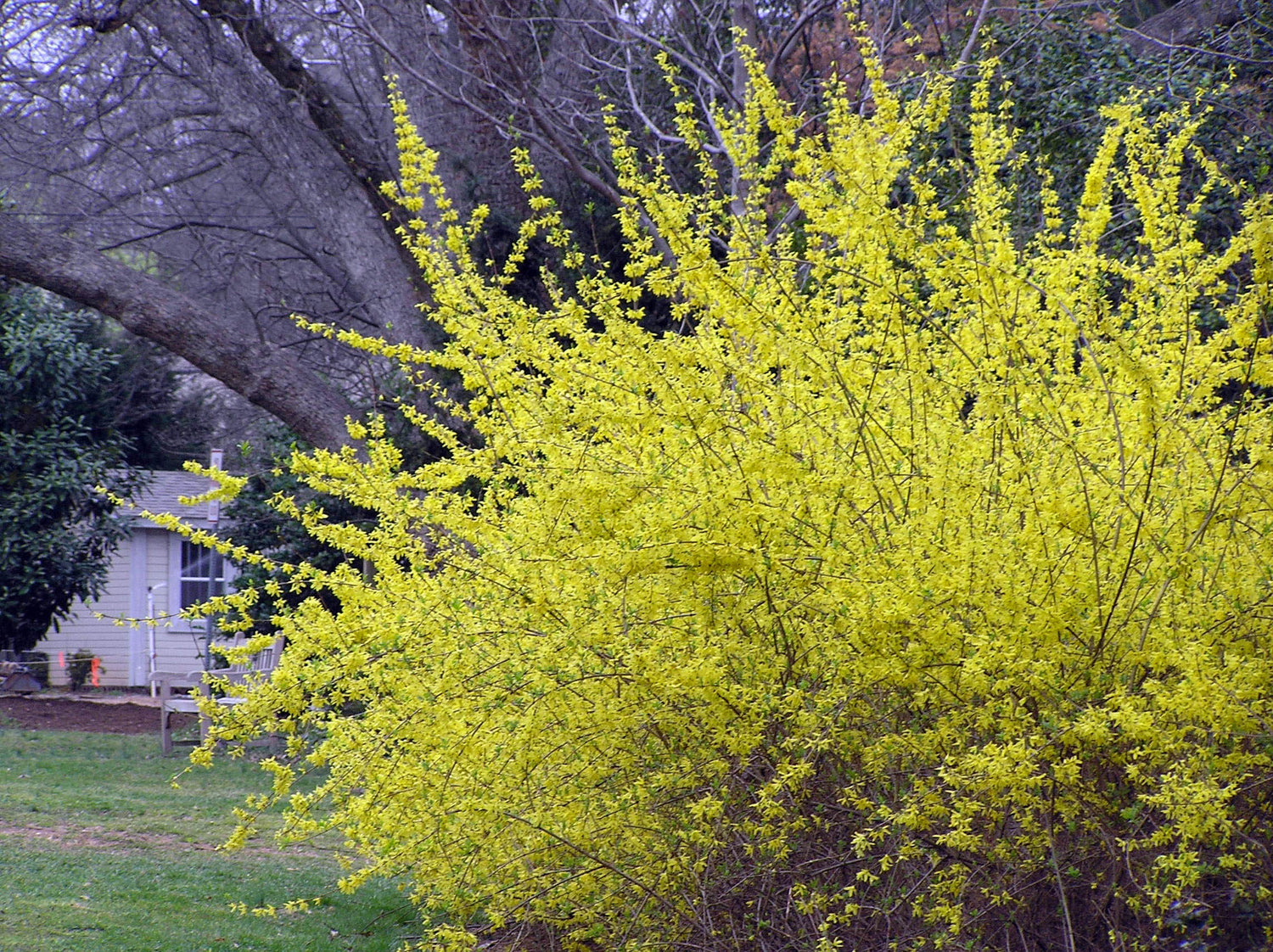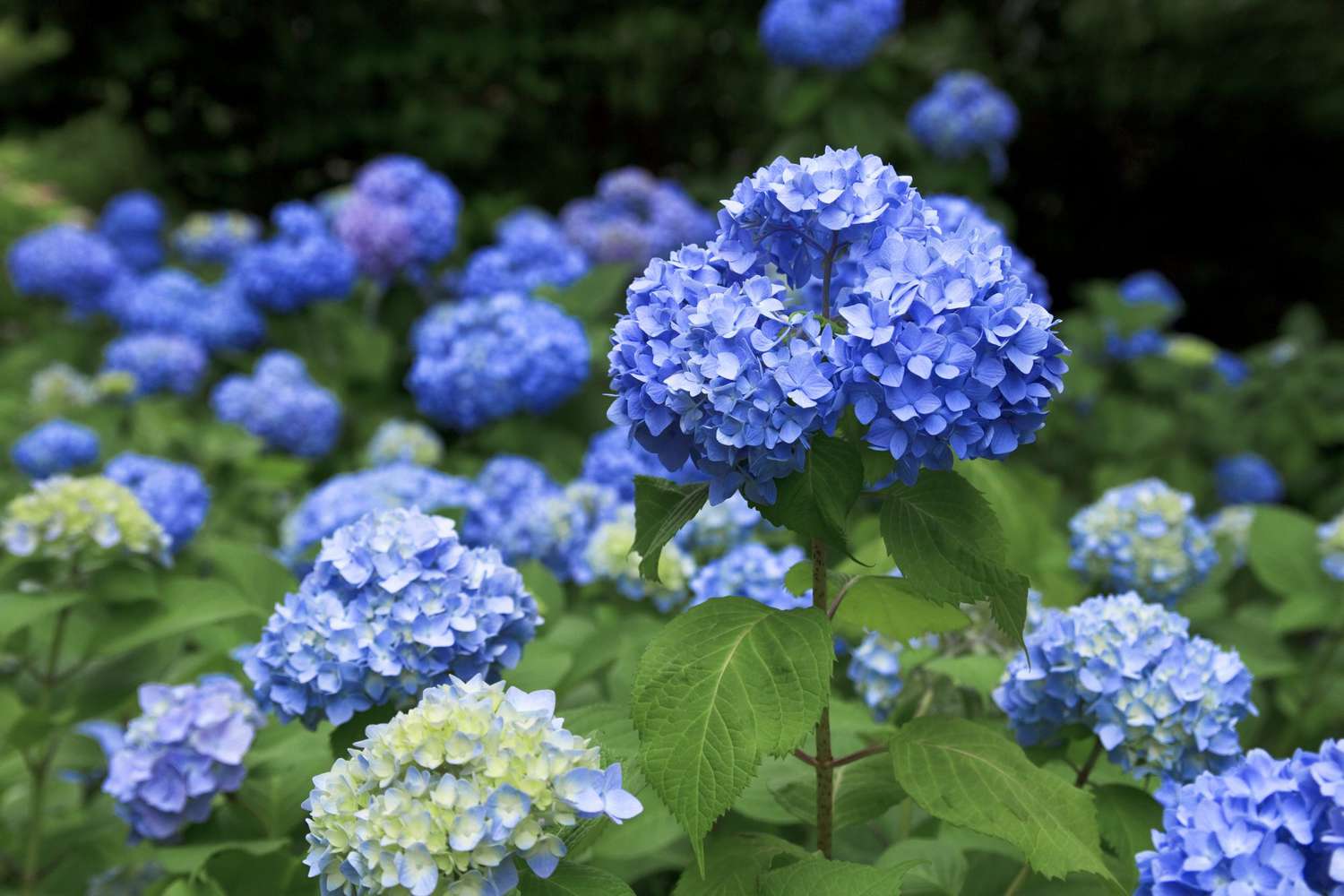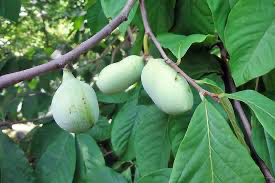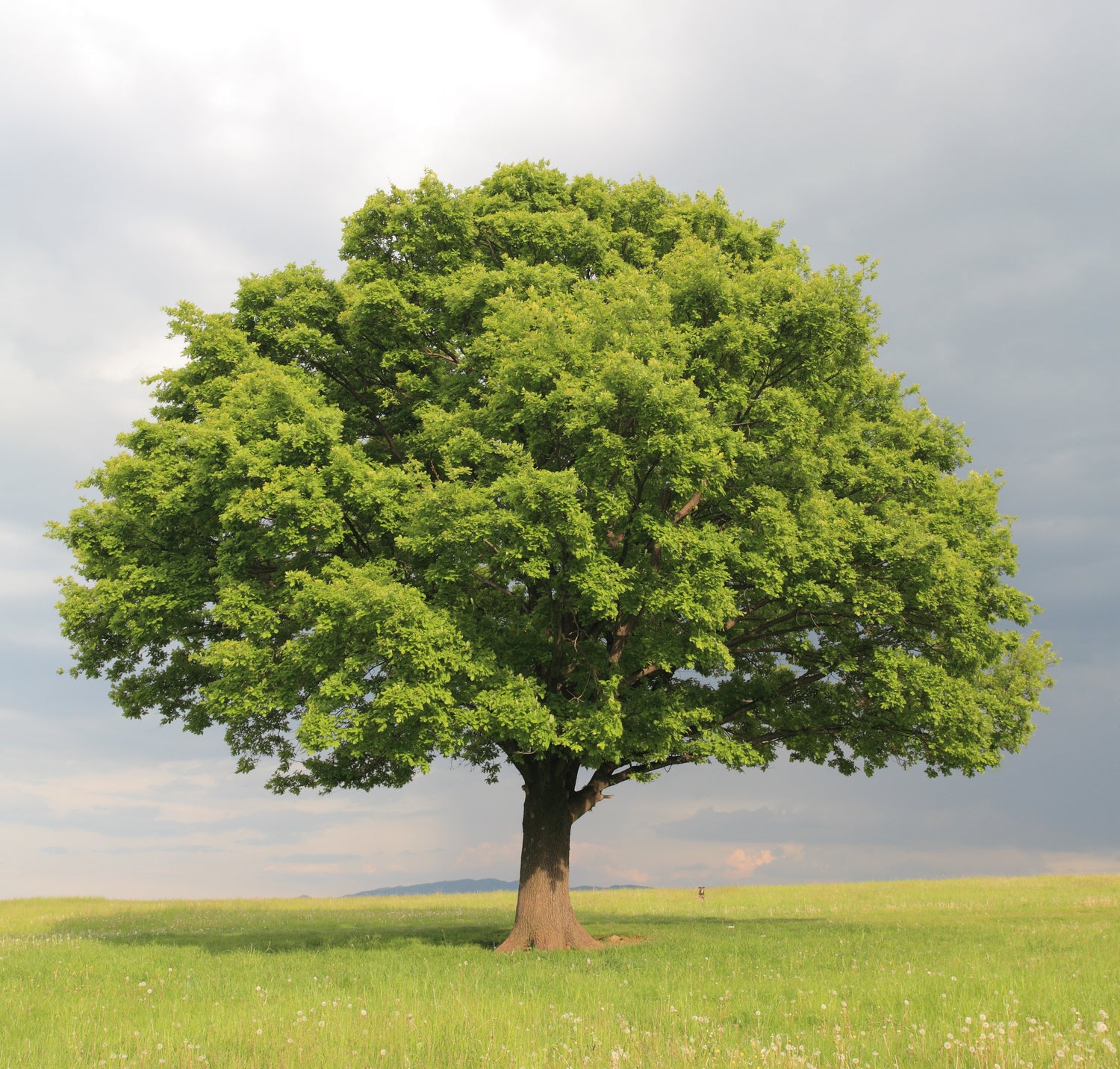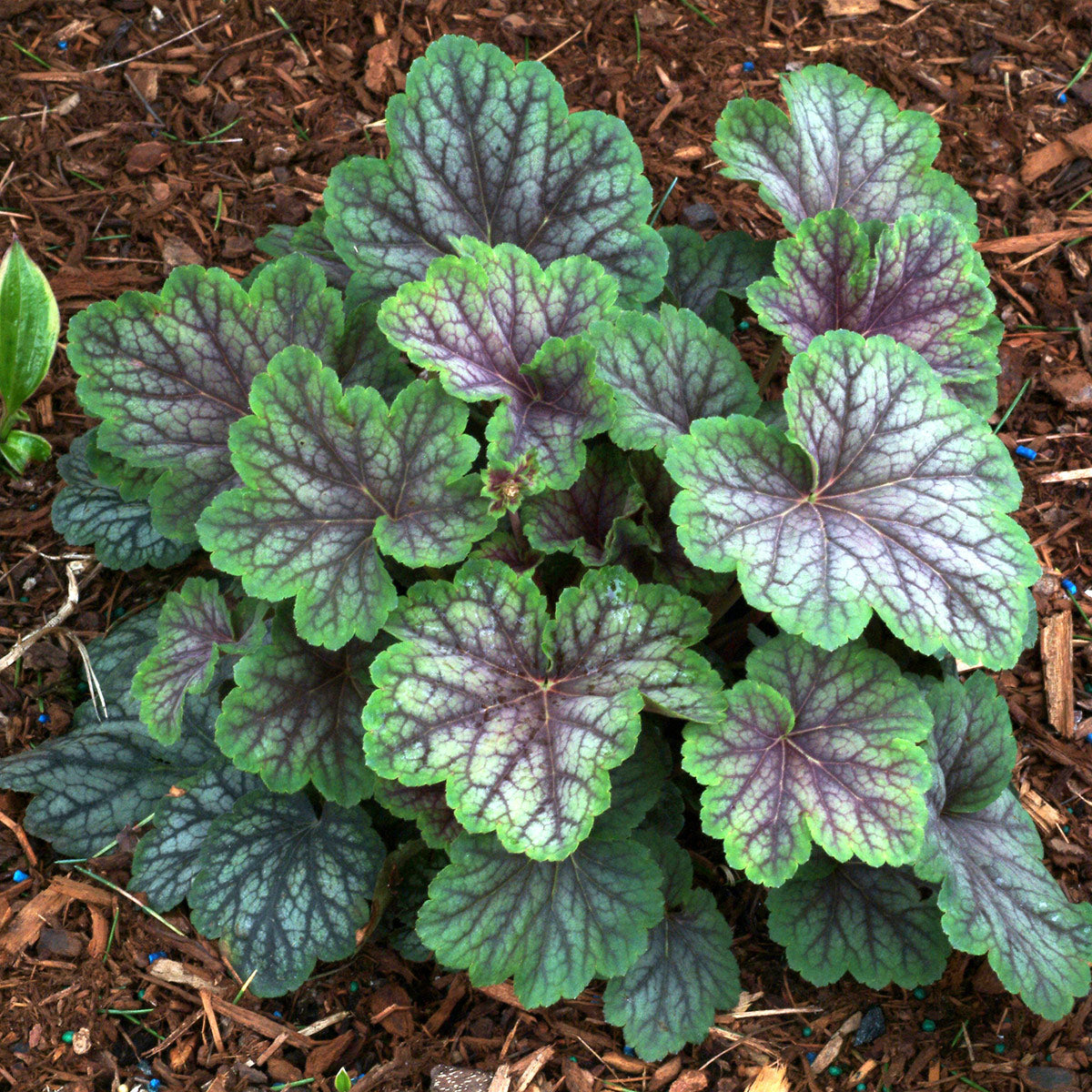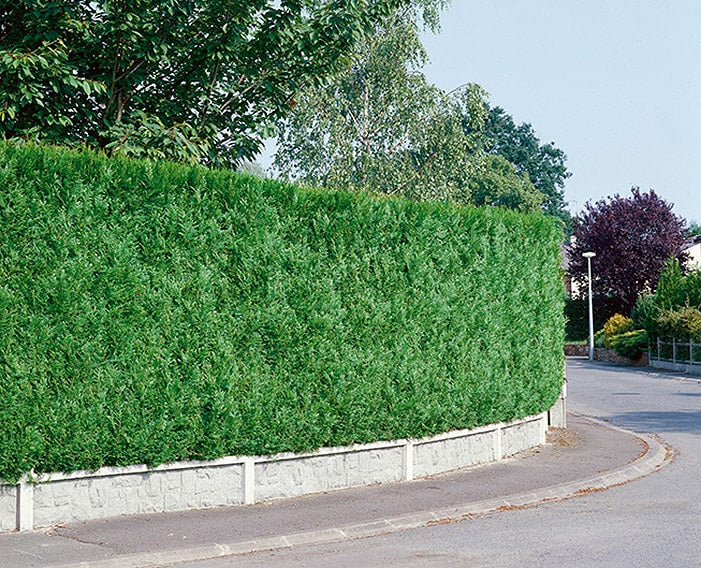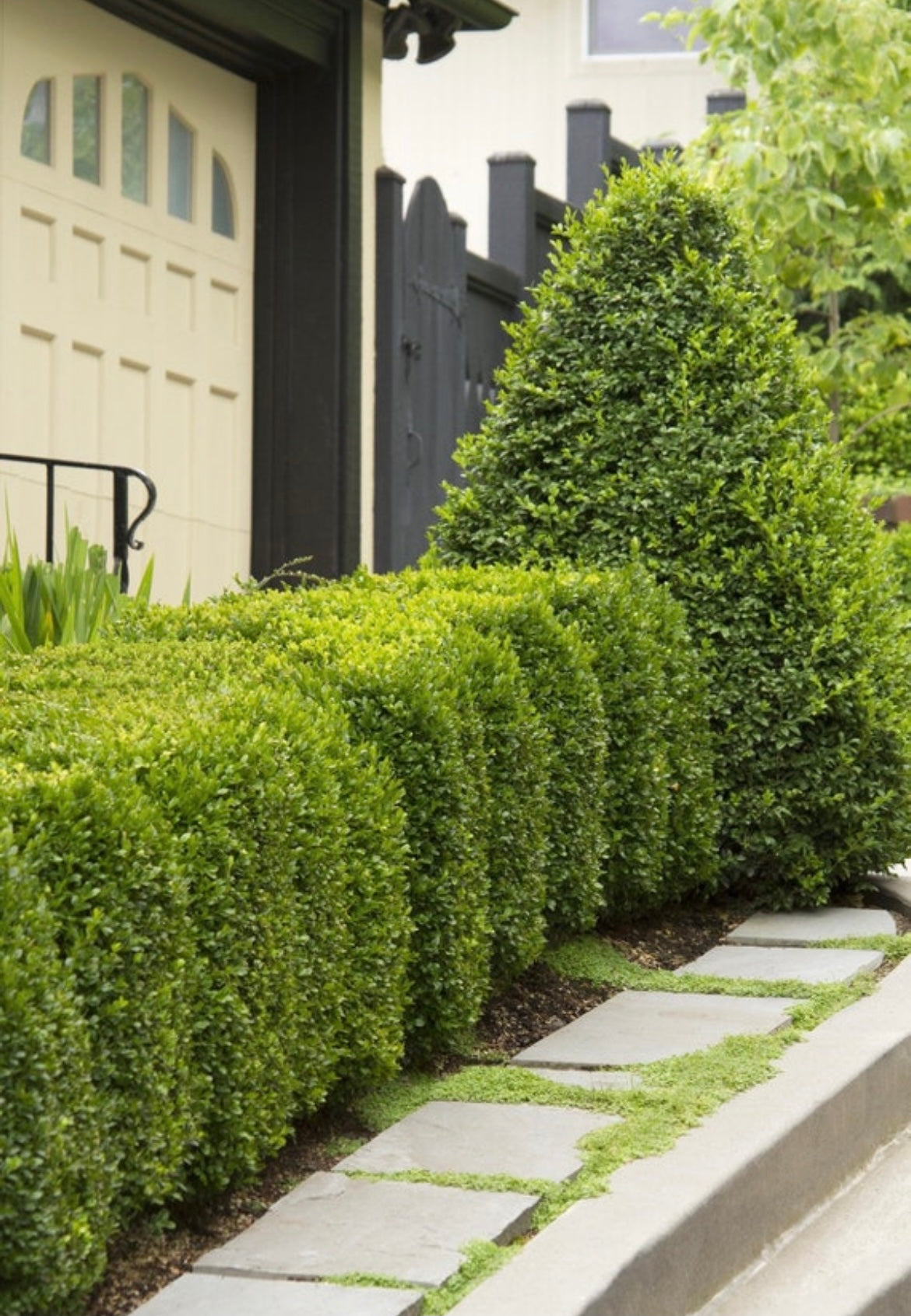Understanding the Growth Rate of Magnolia Trees
At Weaver Family Farms Nursery, we know how much joy a magnolia tree can bring to your garden. With their stunning blossoms and graceful presence, magnolias are a popular choice among gardeners who want to add a touch of elegance to their landscapes. However, one of the most common questions we hear is, “How fast do magnolias grow?”
Understanding the growth rate of magnolia trees is important for anyone planning to plant and care for one. After all, knowing what to expect helps you plan your garden more effectively and ensures that your magnolia thrives. In this article, we’re going to dive deep into the growth rate of magnolias, exploring the factors that influence how quickly they grow and what you can do to encourage healthy growth. Whether you’re a seasoned gardener or just starting out, we’re here to help you every step of the way.

How Fast Do Magnolias Grow? Exploring the Growth Rate of Magnolia Trees
Magnolia trees are known for their beauty, but how fast they grow can vary depending on several factors. Generally, magnolias are considered moderate to fast-growing trees, but this can change based on the type of magnolia and the care it receives.
On average, once a magnolia tree is established, you can expect it to grow about 1 to 2 feet per year. However, it’s important to note that magnolia trees might grow a bit slower during their first few years as they focus on developing a strong root system. Don’t be discouraged if your young magnolia seems to be taking its time—it’s just getting ready to reward you with years of growth and beauty.
Variability in Growth Rates
It’s also worth mentioning that different varieties of magnolias grow at different rates. For instance, the Southern Magnolia, with its large, glossy leaves and fragrant white flowers, typically has a slower growth rate compared to other varieties. On the other hand, types like the Saucer Magnolia or the Star Magnolia might grow a bit faster, especially under the right conditions.
While magnolias aren’t the fastest-growing trees out there, their stunning flowers and lush foliage make them well worth the wait. And with the right care, you can help your magnolia grow strong and healthy, becoming a standout feature in your garden.
Factors That Influence Magnolia Tree Growth Rate
At Weaver Family Farms Nursery, we often say that while every magnolia tree has its own pace, there are several key factors that can influence how fast it will grow. Understanding these factors can help you create the best possible environment for your magnolia, ensuring that it thrives and reaches its full potential.
Varieties and Species: The Role of Genetics
One of the biggest factors that affect how fast a magnolia tree grows is its species or variety. Magnolia trees come in a wide range of species, each with its own unique growth characteristics. For example:
-
Southern Magnolia (Magnolia grandiflora): Known for its large, glossy leaves and fragrant white flowers, the Southern Magnolia is a favorite among gardeners. However, it tends to grow more slowly compared to other varieties, often adding about 1 foot per year once established.
-
Saucer Magnolia (Magnolia × soulangeana): This variety is famous for its beautiful pink and white flowers. It generally grows faster than the Southern Magnolia, with some trees adding up to 2 feet per year under ideal conditions.
-
Star Magnolia (Magnolia stellata): The Star Magnolia, with its delicate, star-shaped flowers, is another faster-growing variety. It’s a great option for those who want to see quicker results.
The specific variety of magnolia you choose will play a big role in determining how quickly it will grow. If you’re looking for a faster-growing magnolia, it might be worth considering varieties like the Saucer or Star Magnolia. You can explore more options in our small trees collection to find the perfect magnolia for your garden.
Environmental Conditions: The Impact of Climate and Soil
The environment where your magnolia is planted plays a crucial role in its growth rate. Magnolias generally prefer:
-
Mild Climates: Magnolias thrive in areas with mild climates. If you live in a region with extreme cold or heat, you might notice slower growth, as these trees are more comfortable in moderate conditions.
-
Well-Drained Soil: Magnolias do best in soil that drains well. Poorly drained soil can lead to root problems, which in turn can stunt growth. If your garden’s soil isn’t ideal, consider amending it or planting your magnolia in a raised bed.
-
Adequate Sunlight: While magnolias can tolerate some shade, they prefer full sun to partial shade. More sunlight generally means more energy for growth, leading to a faster-growing tree.
-
Proper Moisture Levels: Magnolias need consistent moisture, especially during their first few years. However, overwatering can be just as harmful as underwatering. It’s important to keep the soil moist but not soggy to support healthy growth.
If you’re unsure about the best conditions for planting your magnolia, or if you want to learn more about maintaining the right environment, check out our frequently asked questions for helpful tips and advice.
Care and Maintenance: Maximizing Magnolia Growth Rate
Beyond the variety and environment, how you care for your magnolia tree will also have a significant impact on its growth rate. Proper care and maintenance practices include:
-
Regular Watering: Especially during dry periods, ensuring your magnolia gets enough water is crucial. A consistent watering schedule helps the tree develop strong roots and grow steadily.
-
Mulching: Adding mulch around the base of your magnolia can help retain soil moisture, regulate temperature, and suppress weeds. Just make sure to keep the mulch a few inches away from the trunk to prevent rot. You can learn more about the benefits of mulching in our article on "The Power of Leaves: Transform Your Garden with Sustainable Mulching".
-
Fertilization: While magnolias don’t need a lot of fertilizer, a balanced, slow-release fertilizer applied in the spring can provide the nutrients they need to grow. Be careful not to over-fertilize, as this can harm the tree’s roots.
-
Pruning: Pruning your magnolia can help shape the tree and encourage healthy branching. However, it’s important to prune at the right time and not to overdo it, as excessive pruning can slow down growth.
By paying attention to these factors and providing the right care, you can help your magnolia tree grow at its best possible rate, resulting in a beautiful, healthy tree that enhances your garden for years to come.
Magnolia Tree Growth Rate by Species: What to Expect
At Weaver Family Farms Nursery, we know that not all magnolias grow at the same pace. The growth rate of your magnolia tree can vary significantly depending on the species you choose. Understanding these differences can help you set realistic expectations and select the right magnolia for your garden.
Southern Magnolia (Magnolia grandiflora)
The Southern Magnolia is a classic choice, especially beloved for its large, glossy leaves and stunning white flowers. However, this beauty comes with a slower growth rate. Typically, Southern Magnolias grow at a rate of about 1 foot per year once established. They are often best suited for gardeners who value long-term investment in their landscape and are willing to be patient as their tree matures into a stately presence.
Saucer Magnolia (Magnolia × soulangeana)
If you’re looking for a magnolia with a bit more vigor, the Saucer Magnolia might be the perfect fit. Known for its breathtaking pink and white blossoms that appear in early spring, this hybrid magnolia tends to grow faster than its Southern counterpart. Under the right conditions, a Saucer Magnolia can add up to 2 feet of growth per year, making it a great option if you’re eager to see your tree fill out and blossom sooner.
Star Magnolia (Magnolia stellata)
The Star Magnolia is another faster-growing option, especially popular for its smaller size and star-shaped flowers that bloom in late winter to early spring. This variety is ideal for gardeners with limited space who still want the charm and elegance of a magnolia. Star Magnolias can grow up to 2 feet per year under optimal conditions, making them a favorite for those looking to add a touch of beauty to their garden without a long wait.
Choosing the Right Magnolia for Your Garden
Selecting the right magnolia species for your garden depends on your specific needs and preferences. If you have plenty of space and are looking for a majestic tree that will stand the test of time, the Southern Magnolia might be your best bet. However, if you’re seeking something that grows a bit faster and brings vibrant color to your garden, the Saucer or Star Magnolia could be more suitable.
We recommend exploring our small trees collection to find the perfect magnolia for your space. Whether you’re planting a new garden or adding to an existing one, understanding the growth rate of your chosen magnolia can help you plan and enjoy your garden’s transformation over the years.
The Journey of Magnolia Growth: Patience and Long-Term Beauty
Growing a magnolia tree is a journey, and at Weaver Family Farms Nursery, we believe that the beauty of this journey lies in the anticipation and care that comes with nurturing these magnificent trees. While magnolia trees may not be the fastest-growing trees in your garden, their elegance and charm make them worth every moment of patience.
Initial Growth Stages: Slow and Steady Wins the Race
When you first plant a magnolia tree, you might notice that it takes a little while to get going. This initial slow growth phase is entirely normal. During these early years, the tree is focusing its energy on establishing a strong root system, which is crucial for its long-term health and stability. This phase is vital as it ensures that the tree can support its future growth and withstand various environmental conditions.
As your magnolia starts to settle into its new home, you’ll gradually see it begin to pick up pace. While it may seem like it’s growing slowly at first, remember that this is just the foundation stage. Soon, your magnolia will reward your patience with steady growth, year after year.
Patience in Gardening: A Virtue with Magnolias
Gardening teaches us many things, and patience is certainly one of them. With magnolia trees, this patience is especially important. While some other trees might shoot up quickly, magnolias take their time to develop into the stately, beautiful trees they are meant to be. But with this slower growth comes a unique opportunity: to truly enjoy and appreciate every stage of your tree’s life.
As your magnolia grows, you’ll get to witness the transformation of your garden over time. The tree’s blossoms will become more abundant, its branches will spread wider, and its presence will become more prominent with each passing year. It’s a slow but incredibly rewarding process that adds a sense of timeless beauty to your landscape.
Transforming Your Landscape: The Ultimate Payoff
While magnolias may take their time to reach their full glory, the payoff is well worth the wait. Once mature, a magnolia tree becomes the centerpiece of any garden, offering shade, beauty, and a sense of tranquility. The tree’s large, fragrant flowers and lush green leaves create a stunning display that enhances the aesthetic appeal of your outdoor space.
In addition to their visual appeal, mature magnolia trees can also provide a host of environmental benefits. They offer shade that can help cool your home and garden, support local wildlife, and even improve air quality. By investing the time and care into growing a magnolia, you’re not just planting a tree—you’re creating a legacy of beauty and natural harmony.
For those who are just beginning their journey with a magnolia tree, or for those looking to add another one to their collection, timing is key. If you’re curious about when the best time to plant your magnolia is, check out our guide on "When Is the Best Time to Plant a New Tree" for expert advice.




